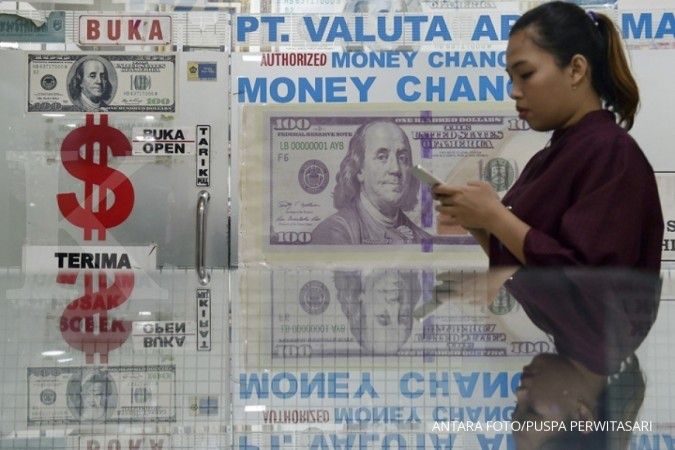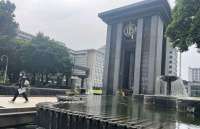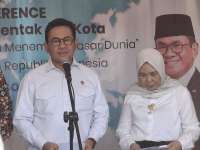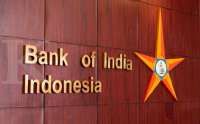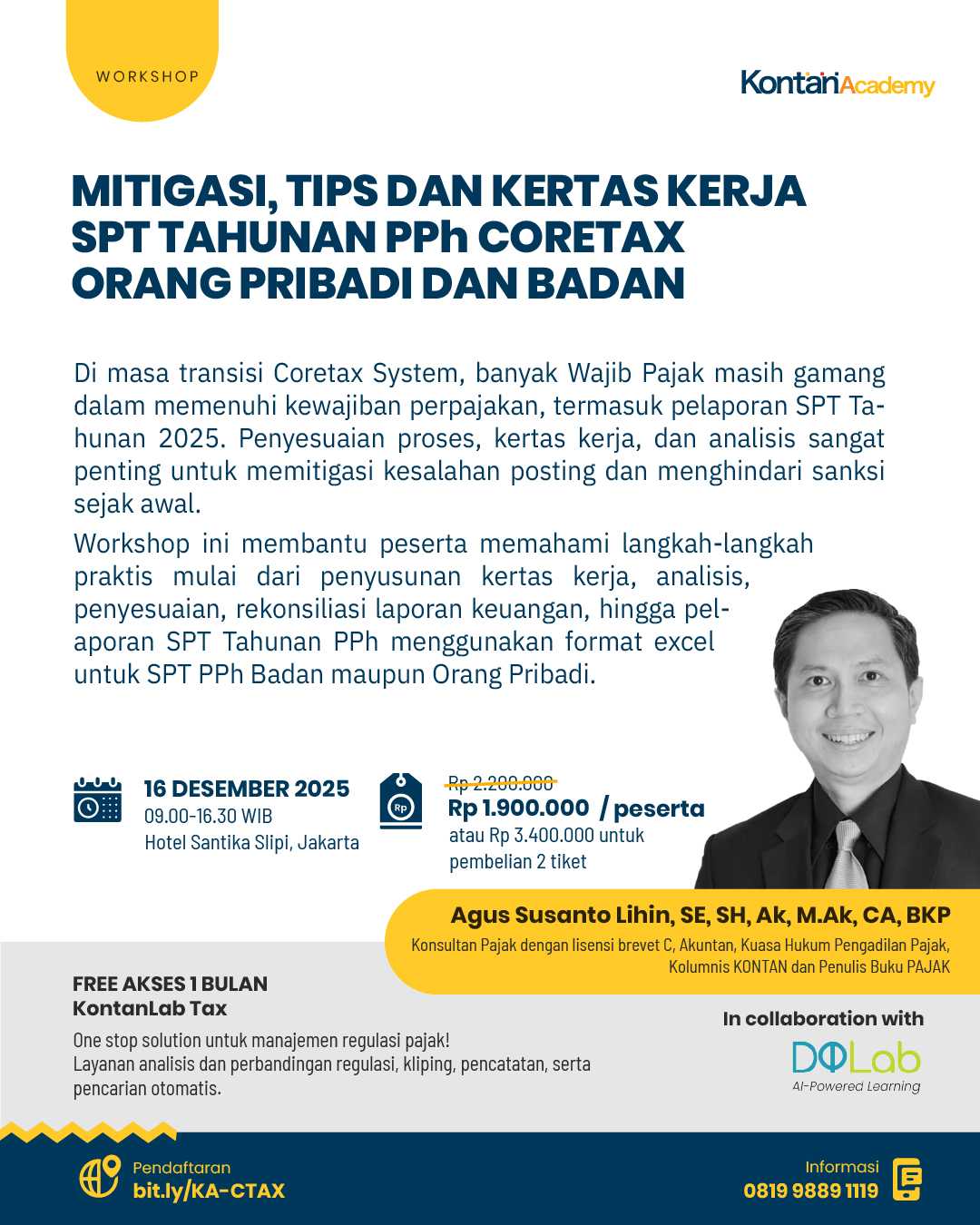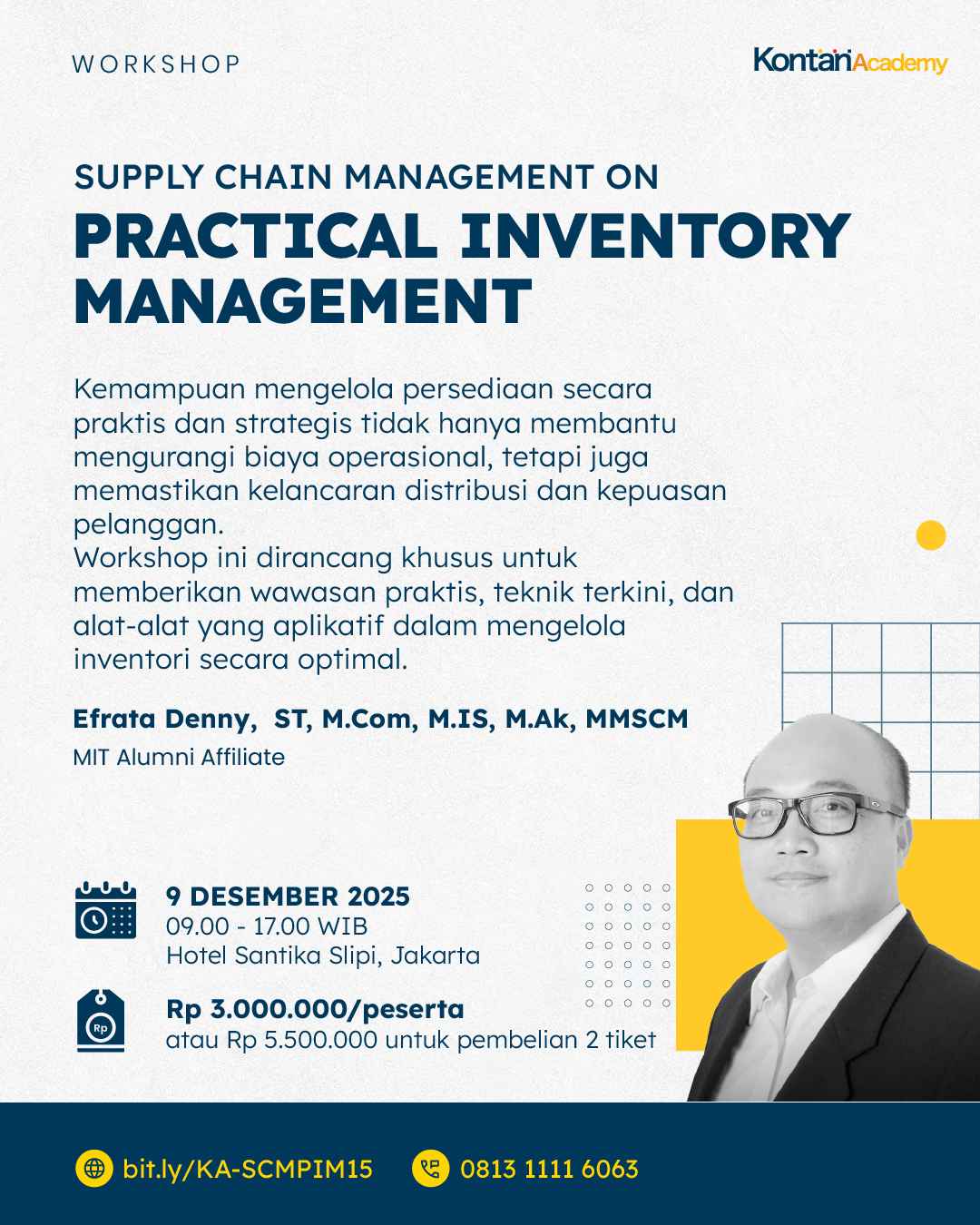Sumber: The Fed | Editor: Hasbi Maulana
Tax changes enacted late last year and the recent federal budget agreement, taken together, were expected to provide a significant boost to output over the next few years. However, participants generally regarded the magnitude and timing of the economic effects of the fiscal policy changes as uncertain, partly because there have been few historical examples of expansionary fiscal policy being implemented when the economy was operating at a high level of resource utilization. A number of participants also suggested that uncertainty about whether all elements of the tax cuts would be made permanent, or about the implications of higher budget deficits for fiscal sustainability and real interest rates, represented sources of downside risk to the economic outlook. A few participants noted that the changes in tax policy could boost the level of potential output.
Most participants described labor market conditions as strong, noting that payroll gains had remained well above the pace regarded as consistent with absorbing new labor force entrants over time, the unemployment rate had stayed low, job openings had been high, or that initial claims for unemployment insurance benefits had been low. Many participants observed that the labor force participation rate had been higher recently than they had expected, helping to keep the unemployment rate flat over the past few months despite strong payroll gains. The firmness in the overall participation rate--relative to its demographically driven downward trend--and the rising participation rate of prime-age adults were regarded as signs of continued strengthening in labor market conditions. A few participants thought that these favorable developments could continue for a time, whereas others expressed doubts. A few participants warned against inferring too much from comparisons of the current low level of the unemployment rate with historical benchmarks, arguing that the much higher levels of education of today's workforce--and the lower average unemployment rate of more highly educated workers than less educated workers--suggested that the U.S. economy might be able to sustain lower unemployment rates than was the case in the 1950s or 1960s.
In some Districts, reports from business contacts or evidence from surveys pointed to a pickup in wages, particularly for unskilled or entry-level workers. However, business contacts or national surveys led a few participants to conclude that some businesses facing labor shortages were changing job requirements so that they matched more closely the skills of available workers, increasing training, or offering more flexible work arrangements, rather than increasing wages in a broad-based fashion. Regarding wage growth at the national level, several participants noted a modest increase, but most still described the pace of wage gains as moderate; a few participants cited this fact as suggesting that there was room for the labor market to strengthen somewhat further.


/2018/03/12/877210192.jpg)

